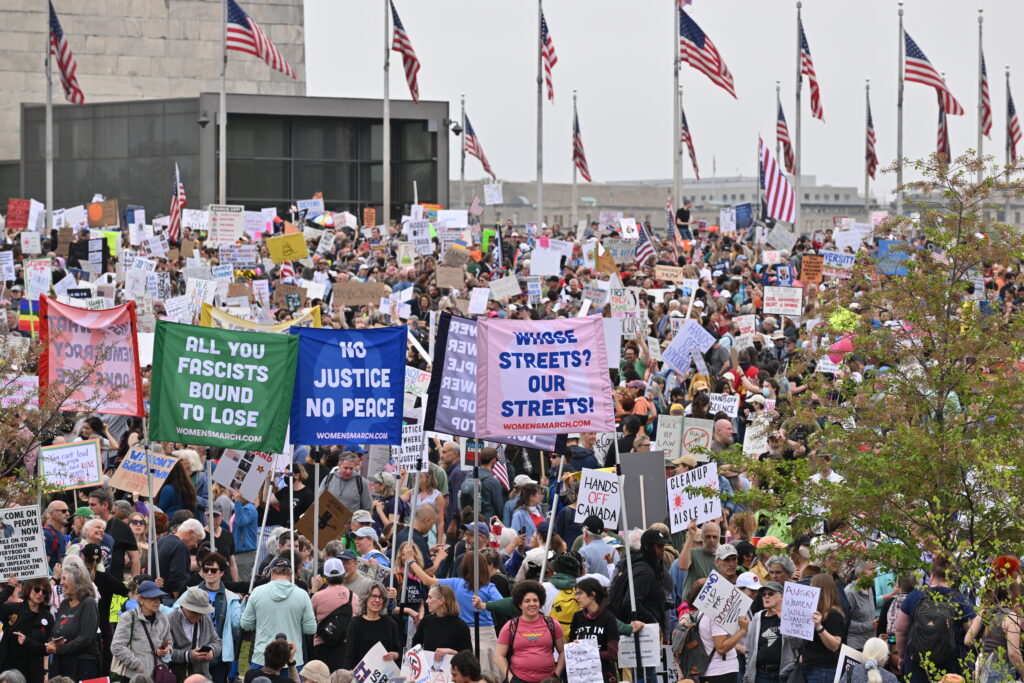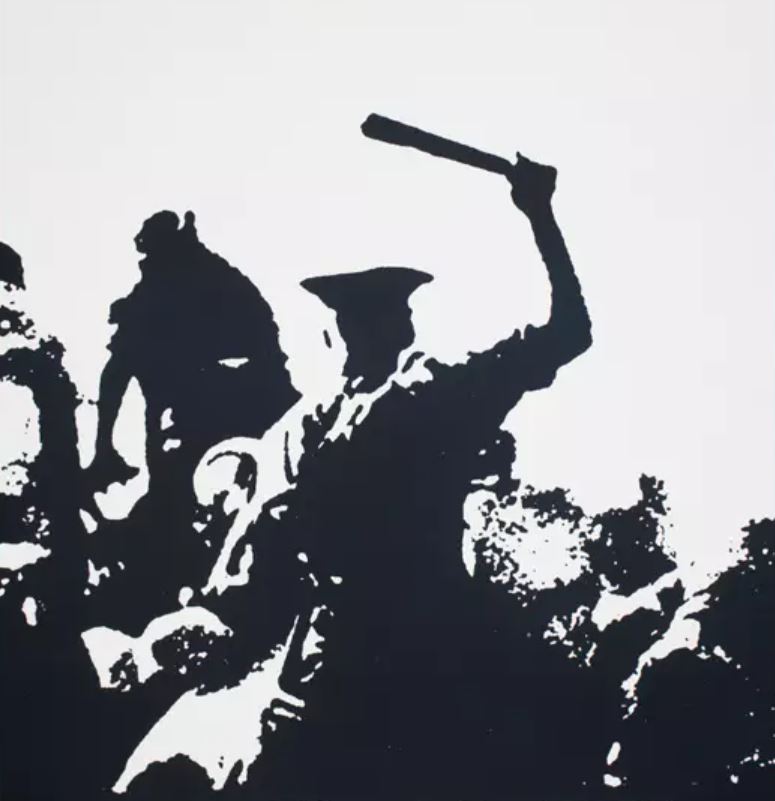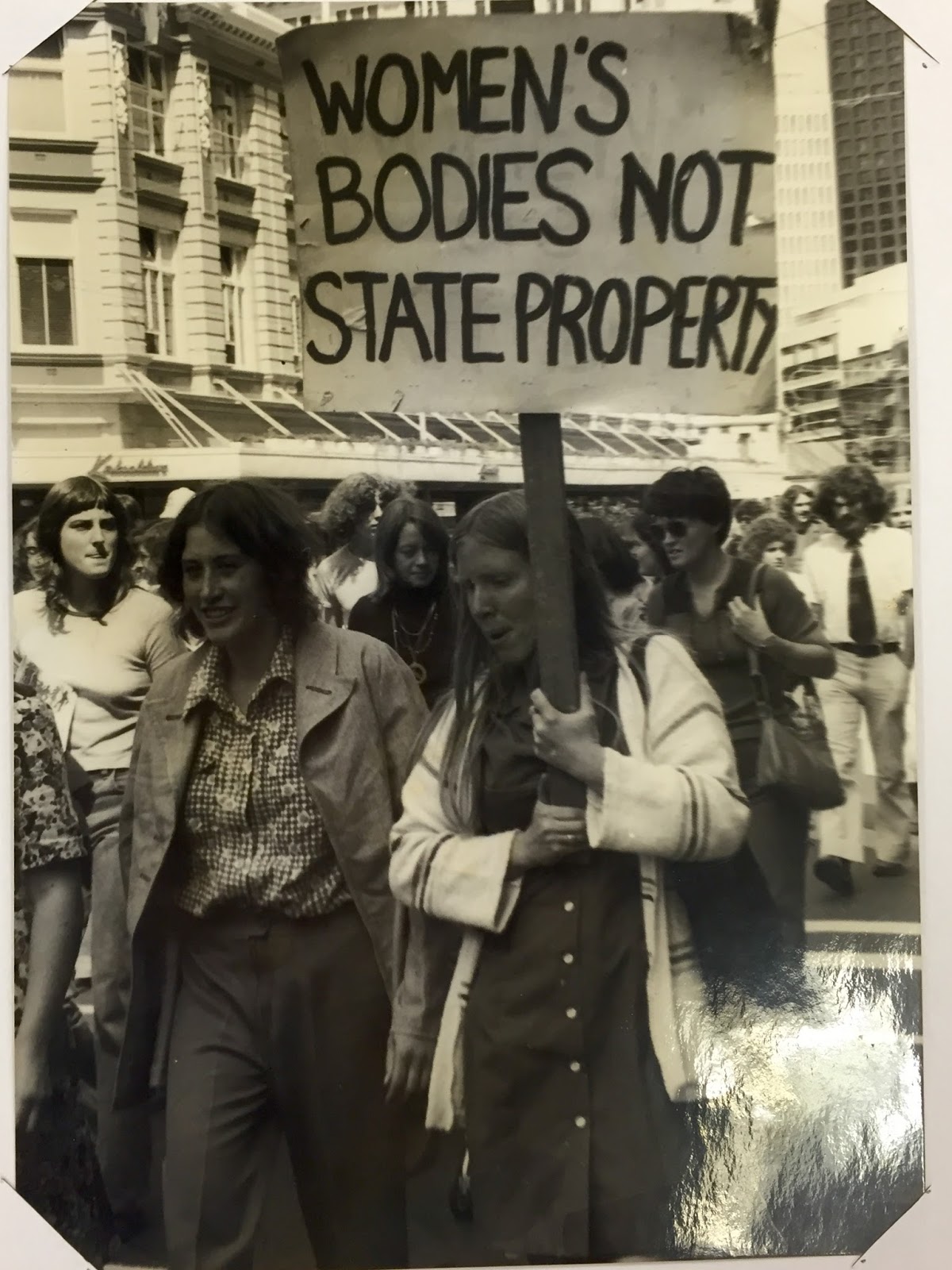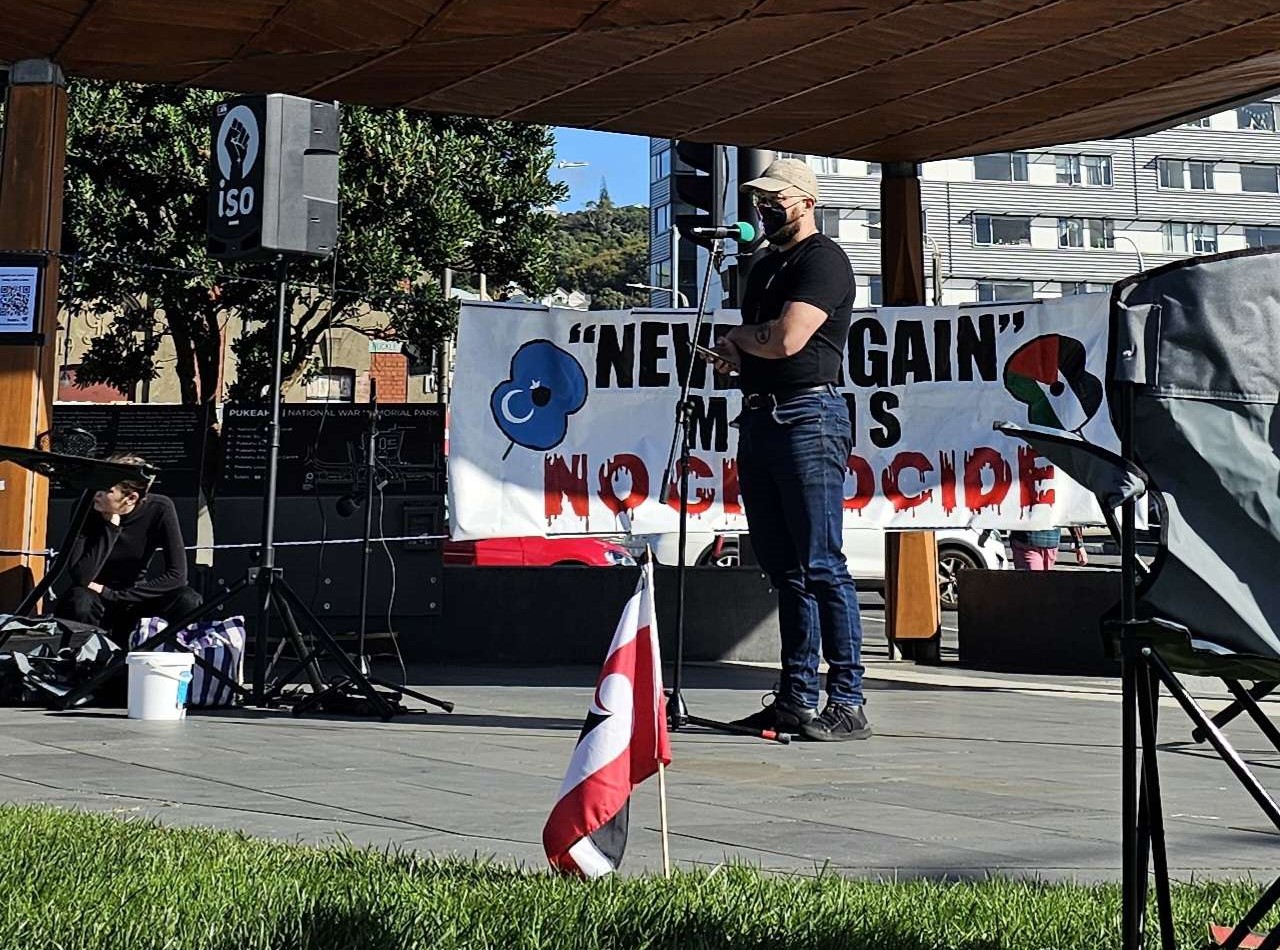The ISO has not yet adopted a position on whether the USA can be labelled fascist. This personal contribution, written on 11 April 2025, sets out an argument that the USA has not crossed that threshold, but that the conditions for its emergence are in place.
In recent years, I’ve been skeptical of claims that the USA is fascist, or proto-fascist. Essentialising the USA as fascist at this juncture is defeatist – it underestimates the ability of the US Left to organise without absolute repression. The US state is obviously violent, it is imperialist, and it acts characteristically fascistic at times and repressive often. Such fascistic tactics are also a function of so-called ‘liberal democracy’. As Serah Allison also asserts in her piece, Trump doesn’t appear to be coherent enough to be an ideological fascist but rather is a far Right populist opportunist, using strongman tactics to get his way in the short term, consequences be damned. There is a much stronger argument to be made that Musk is an ideological fascist, operating in an environment where those ideas must be shrouded behind the language of the libertarian far-right until a fascist mass movement gains momentum. DK Renton’s comparison of Musk to Ford comes to mind.
That said, since Trump’s re-election the US has begun its march towards fascism. Biden’s administration set the tone here, by overtly rejecting the consent-based rules of international legal/political bodies to continue the US-funded imperialist slaughter in Palestine, knowing that those international bodies had no military might or other meaningful mechanism by which to bind the US.
Trump is now doing the same, but turning these tactics inwards. He is rejecting the rulings of the judiciary that historically only functions through consent of the executive branch of government. Because the executive commands the military, the judiciary has no power against strongman moves by the executive.
The US is moving in the direction of consolidating power within the executive – and has already begun weaponising the repressive arms of the state to crush dissent that is protected by the legislature (most widely reported in the abduction of anti-genocide protestor Mahmoud Khalil). Such moves are emerging alongside a hyper-nationalist drive to deport racialised immigrants en masse. The US is sleepwalking towards fascism with no politically-significant organised Left to launch/cohere around an anti-fascist mass movement. This does not mean that the situation is hopeless, merely that the window for our side in the US to organise for power may be slowly closing. The US anti-fascist Left does not have a street-level mass movement, but nor does fascism have its blackshirts, its own reactionary mass movement capable of crushing the Left.
So the US’ so-called checks and balances are being overridden by an increasingly bold far Right executive. Of course our side holds no inherent respect for the US’ capitalist, imperialist legislature and judiciary, rather we seek to replace these with democratic organs which channel power from below – not a defanging for the purpose of centralising power in the (currently far-right, populist) executive organs of the state. We cannot fight for a socialist alternative to the capitalist march towards fascism by invoking the slavers’ bourgeois US Constitution – we must argue for our own more liberatory socialist politics, and a future dictated by the terms of working class democracy.
While I argue that it is premature to denounce the whole US as ‘fascist’ at this moment in history, refusing to acknowledge the development of fascism as a process that has begun in the USA misses the urgency of this moment. The US Left needs to organise for power before it is too late. This is of course easier said than done, but failure to do so will result in a fascism that, rather than visiting itself on high-profile dissenters, arrives in force and refuses to leave.
The Masses and the ‘process’ of fascism
While the US Democrats seem to be effectively defining fascism as ‘Trump will refuse to give up power’, our analysis must run deeper. To judge the threat of fascism and how far along the path the US is at this moment, we need to take stock of the level of fascist rot beyond the executive function of the state itself. Clara Zetkin, in her clarifying analysis of fascism, asserts:
“The fascist leaders are not a small and exclusive caste; they extend deeply into wider elements of the population…in terms of the social composition of its troops, fascism encompasses forces that can be extremely uncomfortable and even dangerous for bourgeois society.”
While, as mentioned above, the US does not exactly have a fighting force of Blackshirts, Trump has dogwhistled neo-Nazis in his last term, commanding them to ‘stand by’ while painting anti-fascists as a violent street force. On 6 January 2020, we saw the extent that his far-right militia would go to support his programme, in a mobilisation of Proud Boys, Oathkeepers, and various Q-Anon conspiracy activists. These street-level fascists and far-right activists represent a force largely based within the proletariat, and willing to carry out political violence.
At this stage, 6 January seems to represent the ceiling of these groups’ capacity for political violence. Despite its limited capacity, in the post-neoliberal 21st century such violence can be organised across a nation and mobilised decentrally via the internet and various encrypted group chat channels. These mobilisations could be much more deadly were they launched with confidence and direction at left-wing organisers, unions, and socialist organisations.
If political forces succeed in restraining Trump, but these street forces step up to terrorise migrants and crush unions and socialists, then we know we are entering the era of genuine fascism. The executive functions of the state will crush the judiciary and a reactionary mass movement will enforce this dictatorial suppression of any organ of pre-existing bourgeois liberal democratic law.
Trotsky argued that the petite bourgeoisie, the small business owner class, makes up the driving force of fascism, as economic crises instill the fear in this class that they may be forced to lose their class position and become a mere worker. He said of the Nazis:
“The gigantic growth of National Socialism is an expression of two factors: a deep social crisis, throwing the petty-bourgeois masses off balance, and the lack of a revolutionary party that would be regarded by the masses of the people as an acknowledged revolutionary leader. If the Communist Party is the party of revolutionary hope, then fascism, as a mass movement, is the party of counterrevolutionary despair”
While the petty-bourgeois masses are certainly off balance and great social and economic crises are at our doorstep, the petite bourgeoisie do not exist as they did in the 19th century, as a significant social layer within cities. Today, capital has moved further towards monopoly, somewhat insulated from smaller crises, scooping up the abandoned capital of those small business owners who can no longer compete. This has reduced the class base of fascism, and now it may rely more steeply on reactionary culture war to recruit masses of the lumpenproletariat (the working class devoid of class consciousness) to its ranks.
All of this is to say that today’s process and development of fascism will follow a different path than the fascisms of old, but from observing the fascism of Italy and Germany, we can see that we have not arrived at a point of fascist development where all society has been plunged into its shadow. Rather, we have an open window to left-wing organising, through which we see state stormtroopers trying to force it shut.
So the US Left does not live within fascism yet, but we can see fascism struggling to be born. We see the embryonic forms of fascism, arguably growing stronger more quickly than the embryonic elements of socialist power. What matters now is that we, the broad international Left, refuse to allow their side to grow unchallenged. We must counter-demonstrate whenever they organise, lest they become confident in their ability to outnumber us and therefore suppress us violently. We must (physically, if necessary) protect migrants from state violence and deportation. We must develop the rank-and-file of our unions so they retain strength if the state tries to co-opt or outlaw them.
Every defensive action we fail to take emboldens fascist mould to eat away at more of our class power, and every pre-emptive strike we deliver reminds them that the streets and the workplaces belong to the workers, migrants, racial minorities, and queer people – not to the forces of violent reactionary nationalism.
” Hands-Off rally, Washington, DC” by G. Edward Johnson is licensed under CC BY 4.0









